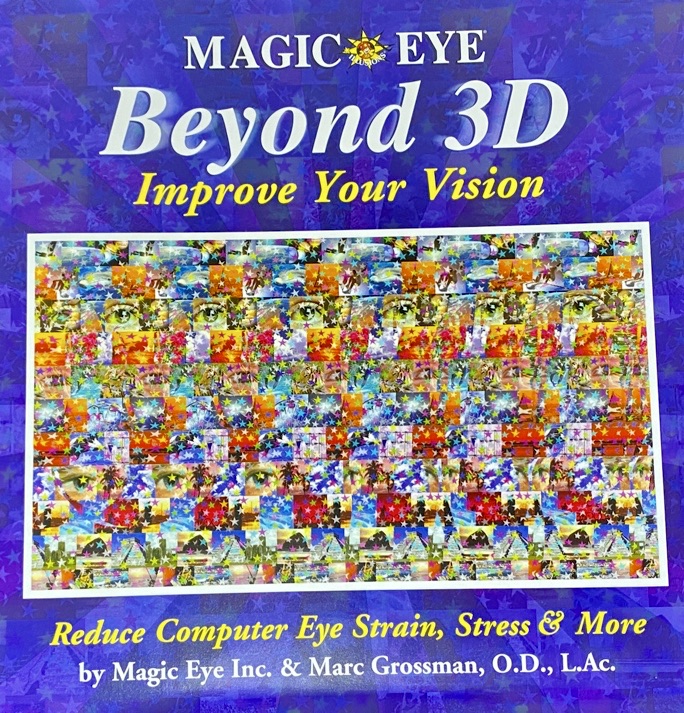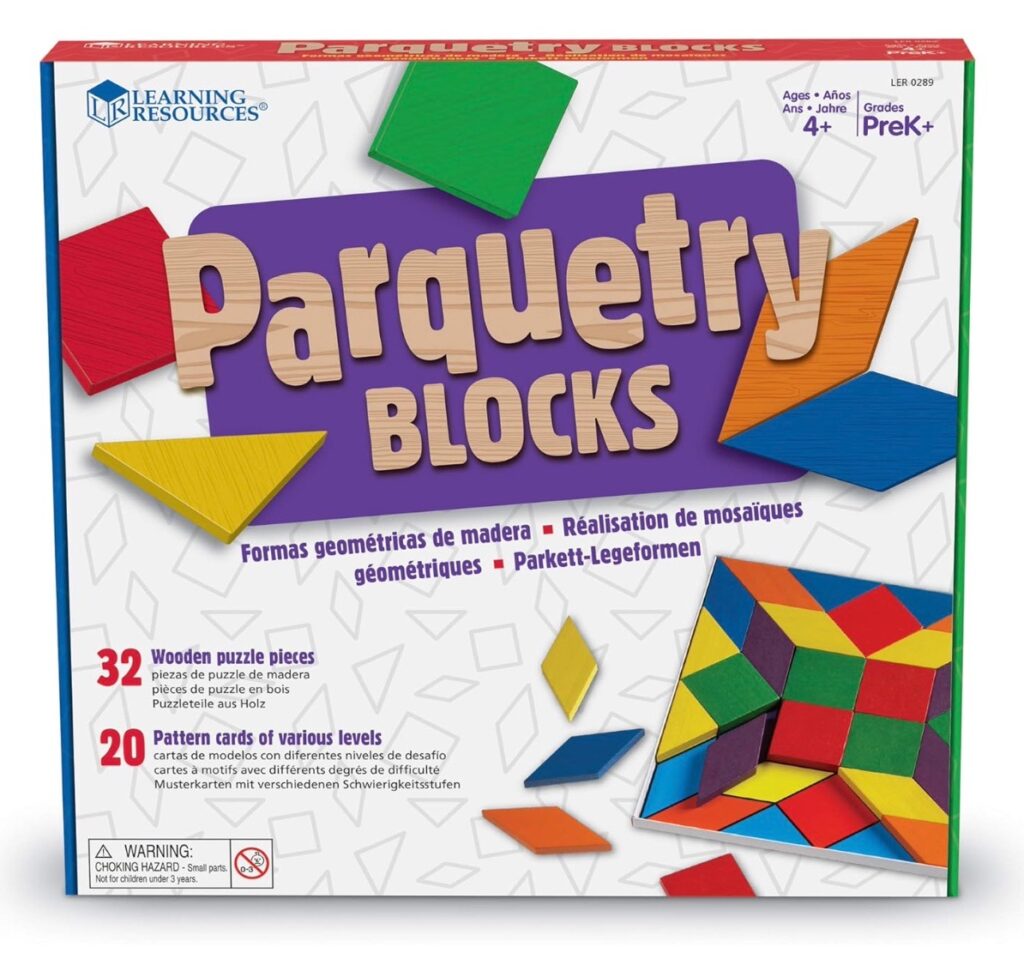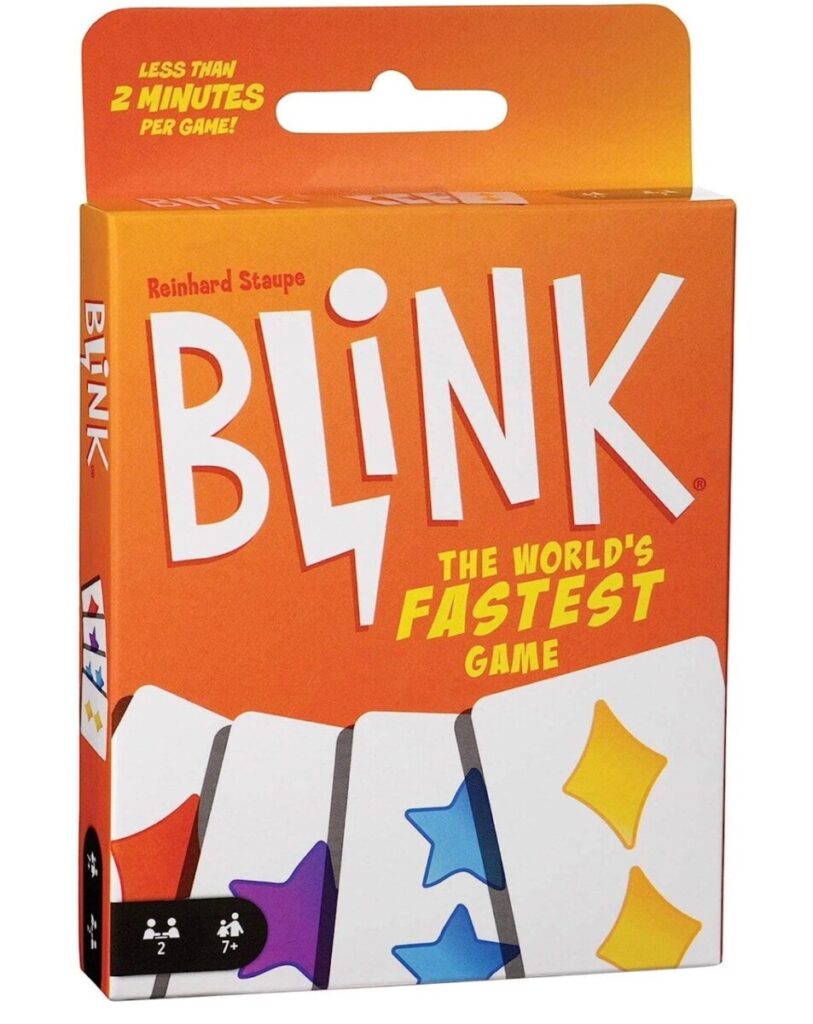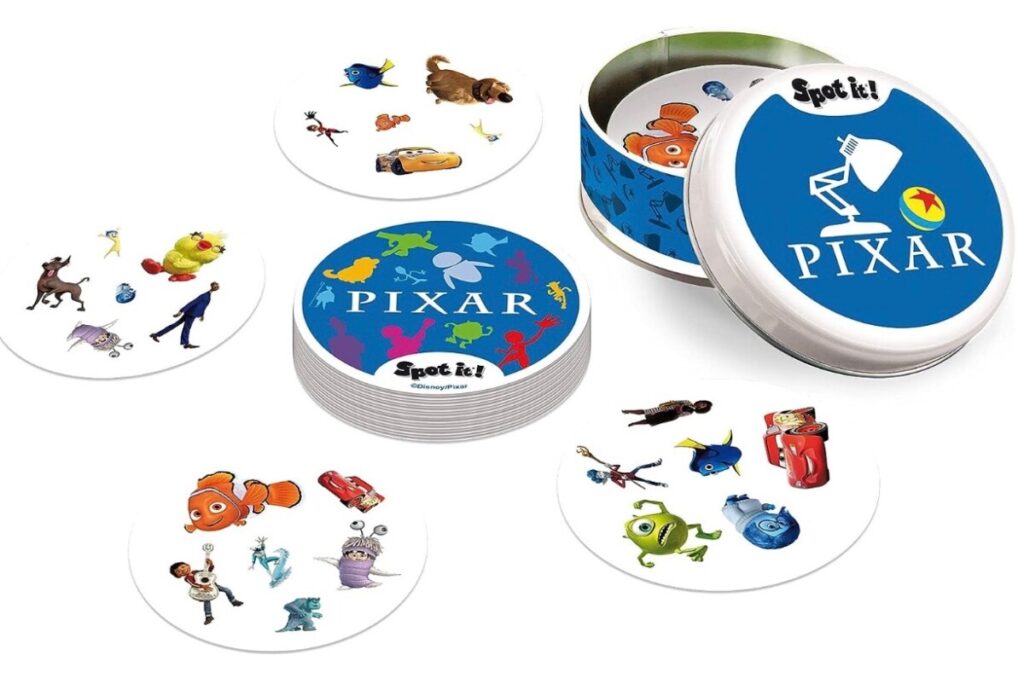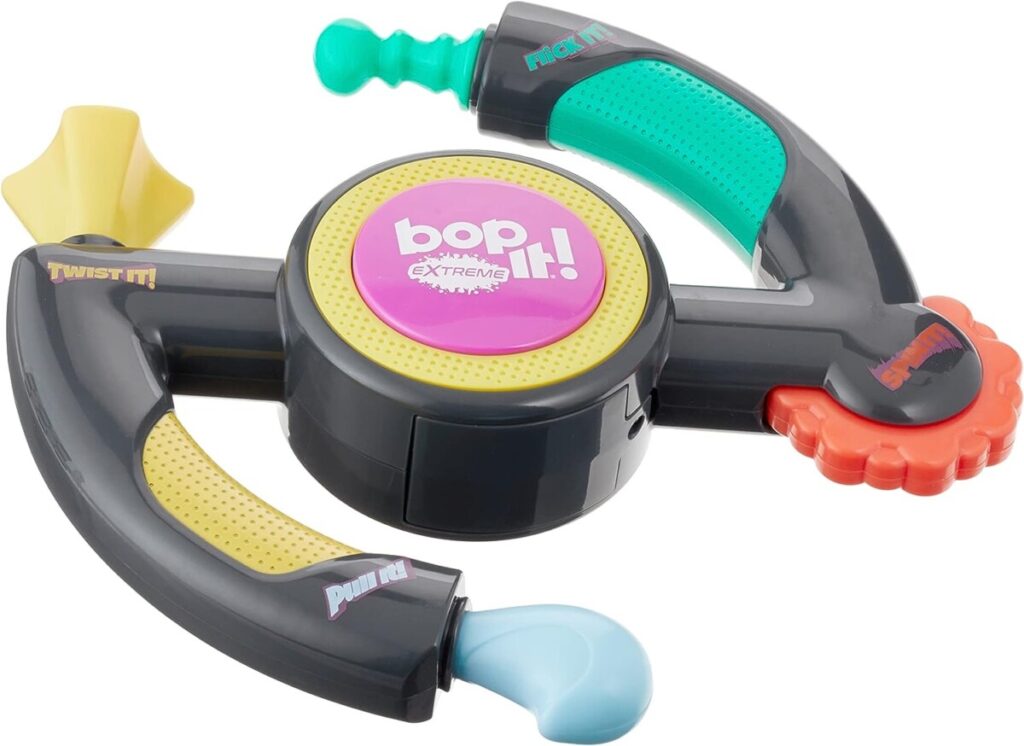I am constantly scouring the internet for new eye exercises that I can purchase to use at home for my strabismus and lazy eye. I love doing the activities at the vision therapy office, but bringing them home is even more impactful! Even better, I find versions that work even more effectively for strabismus.
Here are my Top 10 Vision Therapy Products for Strabismus That You Can Actually Buy:
- Oculus Quest Virtual Reality
- 3D Projector and Movies
- Aperture Rule
- Brock String- LED or Normal
- Marsden Ball- LED or Normal
- Magic Eye Books
- Balance board
- Agility Lights- Tap It
- Parquetry Blocks
- Visual Perceptual Games: Blink, Spot It, Bop It
With every tool on this list, you’d almost have an entire vision therapy office at home! I am not telling you to attempt DIY therapy, read HERE. I do believe that having the right tools at home and working them into your daily life is going to make in-office vision therapy 10x more effective.
You can find a vision therapy office near you by filling out this form. If you want help knowing where to get started, schedule on zoom and we will get you on your journey!
Now let’s go through each tool and learn what it can be used with in strabismus (wandering eye) and amblyopia (lazy eye) treatments. We will go through “where” it can be purchased, “what” it treats and “why” it’s a good option, and “how” it is used.
Note: This is just my personal opinion, it is extremely important to check with your vision therapy office to know which tools will be beneficial for you before trying any exercise!
Oculus Quest Virtual Reality
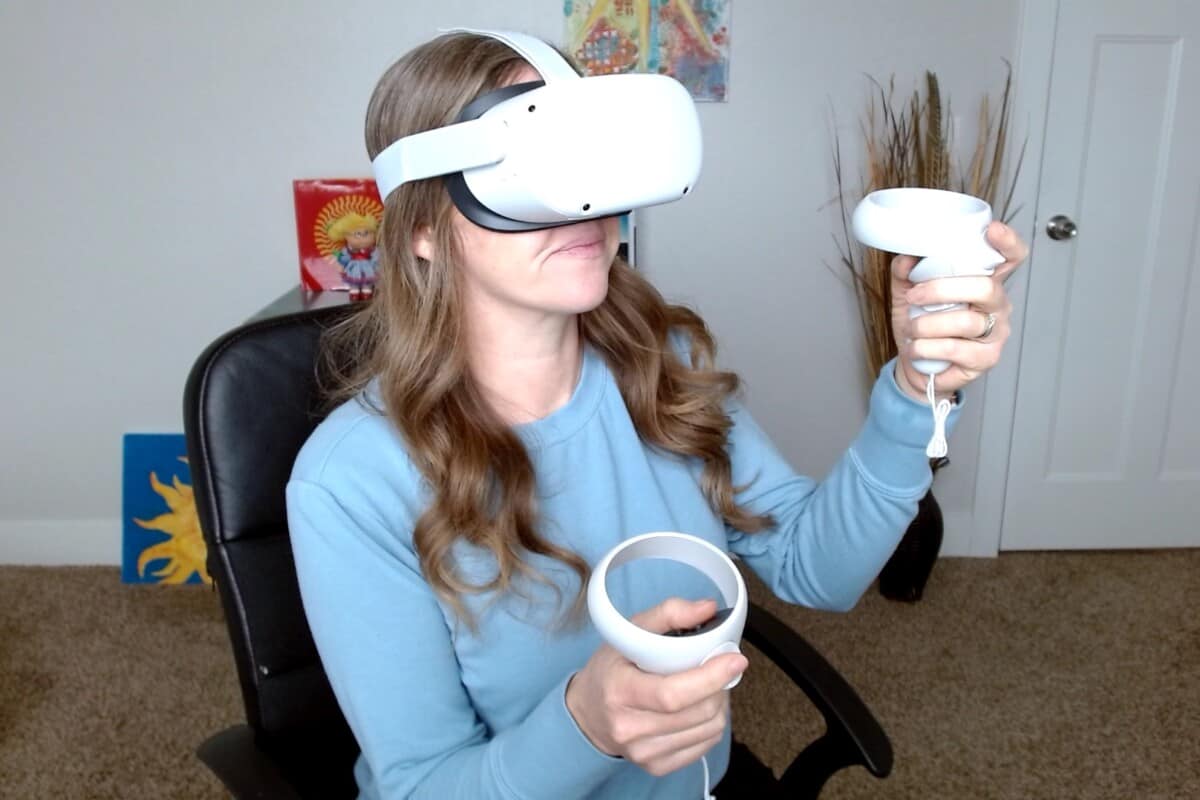
Where
Oculus offers the Meta Quest 1, 2, or 3. Apps can be used through your vision therapy office: Vivid Vision or Optics Trainer, or you can buy a program to help your vision on your own: Equal Eyes
Why and What
Virtual Reality creates an environment where it is easier to learn to use your eyes together, which is the main issue with strabismus. Specialized vision therapy apps offer settings that can accommodate for an eye turn or amblyopia.
How
Purchase the headset and then pick the program you will be using. Practice using your eyes together in the virtual environment in preparation for using the eyes together in the real world.
3D Projector and 3D Movies
I love having my own 3D TV to use for home vision therapy! I can sit and watch a movie with my family and exercise my eyes at the same time. It takes a bit more to get the whole set up, but it is so worth it.

Where
Purchase a 3D TV used or a new 3D projector at any electronics store. Hundreds of 3D movies are available as a hard copy or find some titles on VUDU. For the full breakdown of my favorite equipment, head over HERE.
Why and What
The technology used for 3D movies forces each eye to see a slightly different image. The brain combines these images to create one 3D image. Like in virtual reality, this creates an environment that makes it easier to use the eyes together and is the perfect place to practice 2 eyed seeing.
How
Turn on the movie and glasses and try to see the 3D images, watching with someone with normal vision can help you know what you “should” be seeing. Try standing at different distances, relaxing your eyes, opening peripheral and then just watch and allow your brain to figure it out.
There are some 3D anaglyph movies on YouTube as well and they are okay. The 3D isn’t as easy or pleasant to view when compared with real 3D, but it is free and easily accessible so that is a win for sure.
Aperture Rule
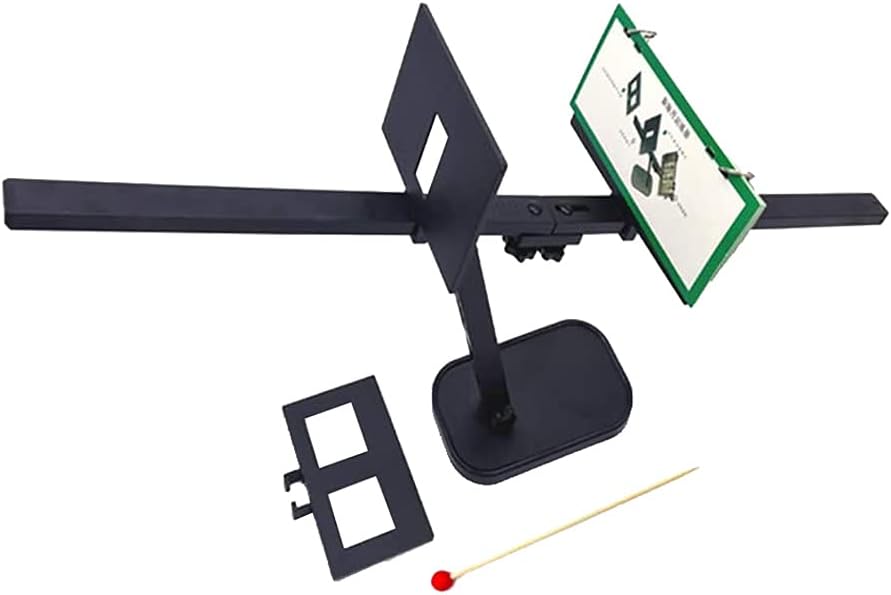
Where
Amazon has several options for aperture rules available on their website. The shipping takes some time and the directions are in Chinese, but the product works great!
Why and What
Each eye sees a different version of the same picture when looking through the viewing window(s). By combining the images at different distances, convergence and divergence can be fine-tuned and control over movements improved.
How
This is definitely more advanced and will require some training from your vision therapy office. After setting it up, you hold the device to your nose, look through the window at the images and try to combine them into one. There is a separate setup for convergence and divergence.
Brock String
The iconic brock string is a must for most people with strabismus. It is a central activity and requires some binocularity to be used for the fine-tuning of vision. If you can’t do it yet, that’s okay, it will come.
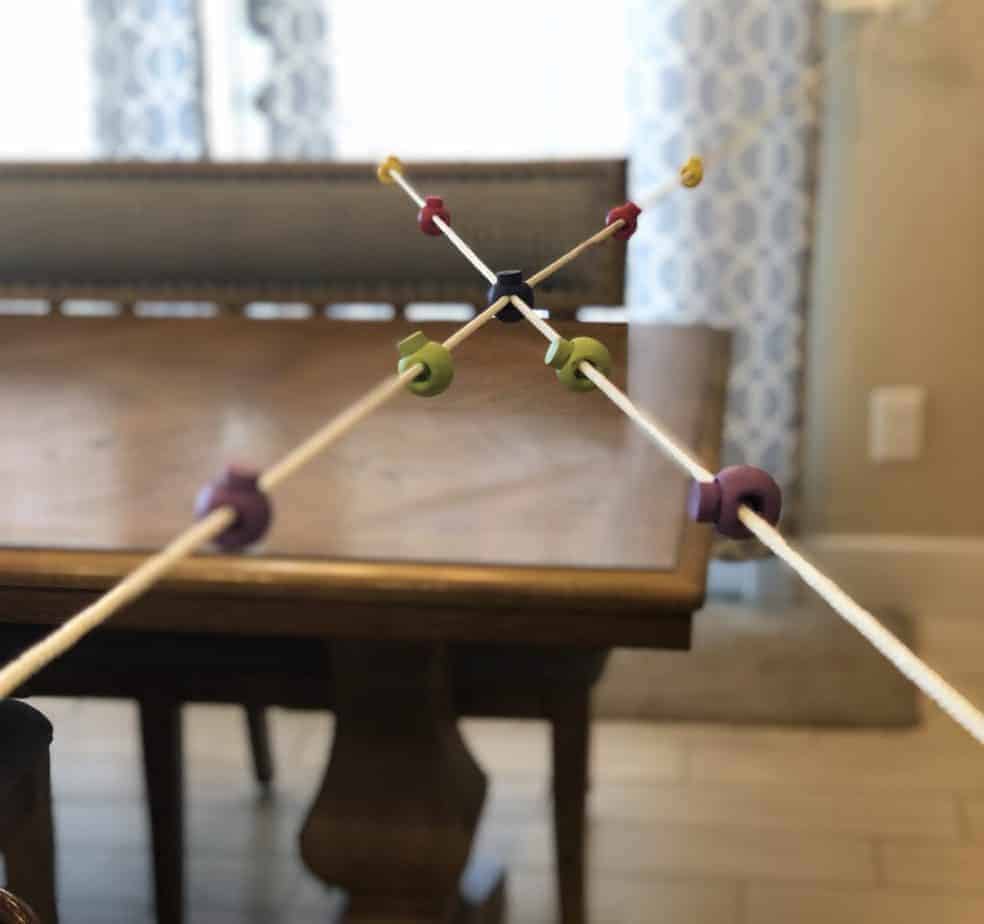
Where
You can easily make your own with a string and beads, but if you want an LED version or to purchase one, here are some amazon links: LED or Normal.
Why and What
While holding the string to your nose, a phenomenon called physiological diplopia creates a unique effect. The place where the eyes are pointed will be single, but everything else is double, this gives instant feedback about where the eyes are pointing and is an amazing tool for strabismus.
How
Tie one end of the string to a doorknob, hook, etc and hold the other end to your nose. Focus your attention on one bead. The strings should appear to form an “X” right at the bead and all other beads appear double. For tips, check out this article.
Marsden Ball
The Marsden ball is simply a ball on a string, but it can be used in endless ways in vision therapy. It is great for peripheral stimulation, coordination and timing, smooth pursuits, divergence, convergence, and more! Like the Brock string, it is pretty basic and can easily be made on your own, but I love to add a little pizzazz by making it a light up version.
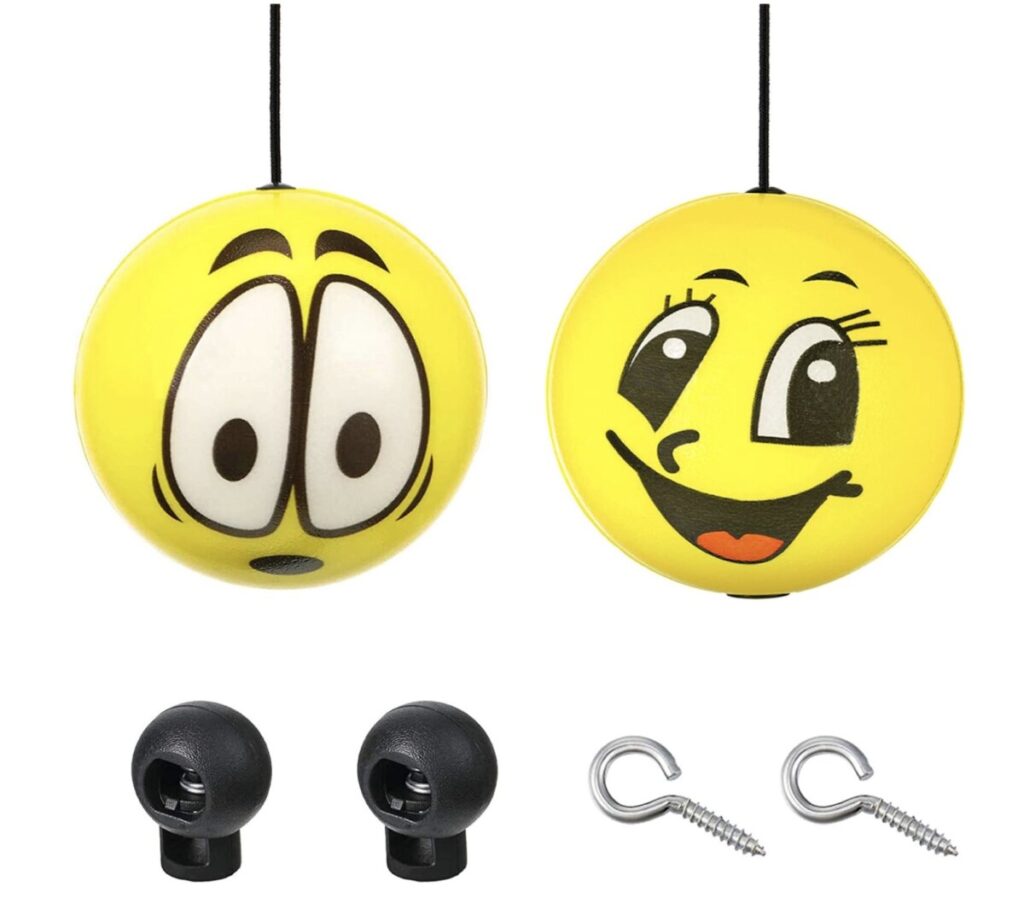
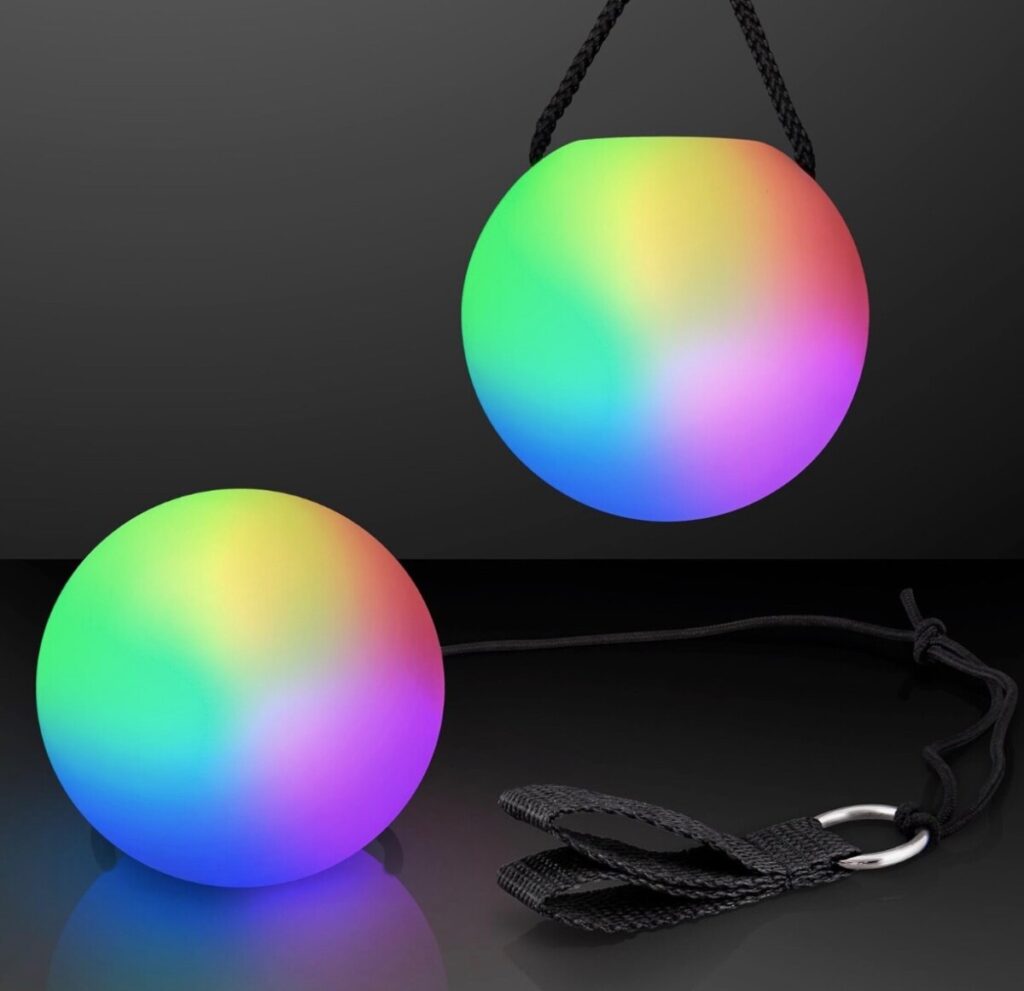
Where
I have made my own and they just break so I think spending the $5-10 is definitely worth it to just get one premade. There are a lot of options, I love the kind that are designed to help park in the garage because they come complete with installation hardware. LED or Normal
Why and What
Marsden ball exercises combine motor movements with vision to improve coordination, tracking, and muscle coordination. It can also be added to other exercises as background motion to help keep peripheral open, this is especially great with the LED balls!
How
Swing the ball in a circle or forward and back and track its motion with your eyes only. Bunt it with your hands and spell words. Visualize the space that it is moving through and focus forward while watching the motion peripherally. The sky is the limit!
Magic Eye Books
I’ve talked a lot about these books in the past and they are fabulous eye exercises! For all the details about my favorite one, check out this article. The basic idea is that in order to see the magic pictures in a Magic Eye book, you must coordinate your eyes perfectly. Luckily, there are different difficulty levels to help build up the skills.
My favorite is, “Beyond 3D” because it comes with a ton of explanations and directions instead of simply pictures. Put it on your bookshelf and give it a try!
Balance Board
Every vision therapy office has a few types of balance boards that are integrated into eye exercises. Having your own at home will help you have another level to add to home exercises.
Where
Make your own balance board or purchase one pretty much anywhere. Amazon has a few great options and you can get everything from basic to complex!
Why and What
The vestibular (balance) part of your brain is deeply linked to vision. Using a balance board during eye exercises integrates these two systems together, helps stimulate peripheral vision, and builds stability in vision and body.
How
Stand on a balance board while doing your home therapy activities; Brock string, marsden ball, chart reading, 3D movies, vectograms, etc. Use it as a reminder to open your peripheral vision.
Agility Training Pods
There are several different brands of pods, but they all carry the same idea. One pod lights up and you touch that pod as quickly as possible. Then the next lights up and it continues. Most cancel when combined with red/green or red/blue glasses for anti-suppression. There are different modes used for memory, competitions, reaction time, and other skills.
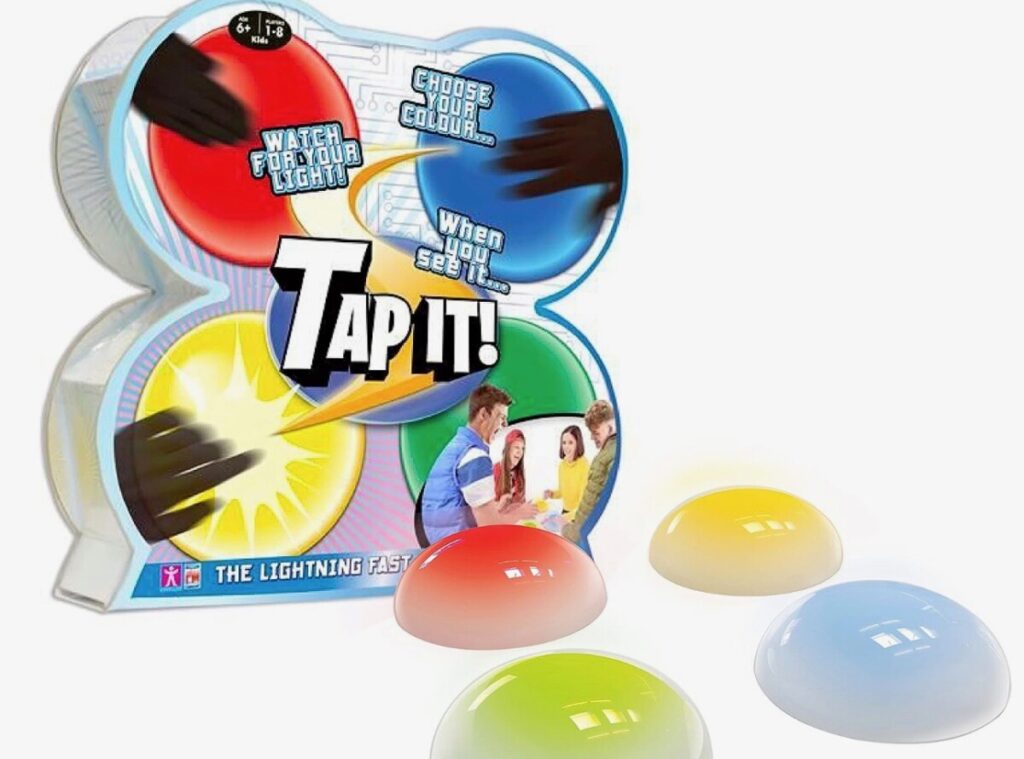
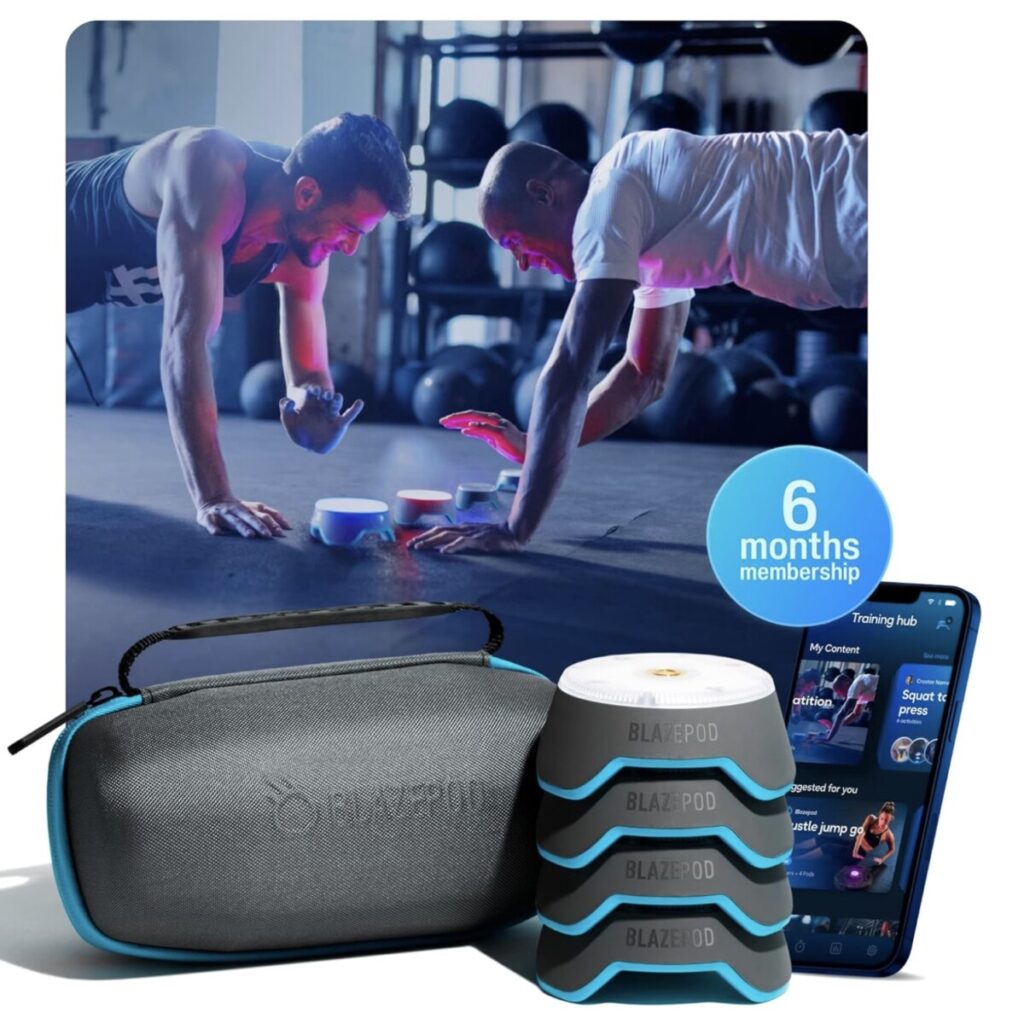
Where
The sky is the limit when it comes to options for agility pods. The least expensive option I’ve found is the game “Tap It.” While it doesn’t have all the functions, it has basics. For the set that can do pretty much anything, check out the Blaze Pod. With programming through the app, the sky is the limit.
Why and What
These pods are used to increase reaction time, improve visual memory, strengthen a weak eye (when combined with red/green glasses), expand peripheral, and improve hand-eye coordination. They are mobile and can be used in a variety of ways.
How
Work with your OD or vision therapist to decide which visual skills need the most attention. Then set up the pods and choose the mode that works that skill. For example, to expand peripheral you could place a target in the middle and the lights all around. While keeping central vision steady on the middle, use peripheral to find and tap the pods.
Parquetry Blocks
A simple set of colorful, wooden, shapes may not strike you as an important vision therapy tool, but they can actually work miracles and are a great tool for building visual perceptual skills. Will this activity alone make your eyes become straight? No. But it is a tool for rewiring the vision centers of your brain and building a strong foundation of perception. Binocular vision can’t come without a foundation first!
Where
Many offices send home foam blocks and keep the wooden ones in the office. While they are good, it is much better to have actual blocks so investing in a home set is worth while. THIS is the set most VT offices use.
Why and What
Parquetry block activities provide an environment to solidify what you see (visual discrimination) with what you do (visual-motor integration) all while working on spatial awareness.
How
There are probably over 100 levels of parquetry block activities and each one helps build a certain visual perceptual skill. Whether you’re rotating and reflecting patterns, building a pattern from memory or feel, or describing your pattern to a partner to build, there are endless possibilities for improving vision!
Visual Perceptual Games
While parquetry block activities are more specific to different visual skills and will be directed through your vision therapist, there are dozens of fantastic games that will also help build visual perceptual skills for everyone. Just don’t feel bad when you loose to your kids. It may seem easy, but our strabismic brains really struggle to sort these things out.
These games teach you to use your vision to discriminate, interpret and act upon the information your eyes are taking in more quickly and effectively.
Finishing Up
Vision therapy requires a huge investment of time and money. It is completely worth it, as long as it is effective. Choosing to bring some effective tools into your home to complement what is happening at your vision therapy appointments is going to take your home therapy to the next level. Not only will it be more engaging and fun, it will be more effective.
It’s like investing $5000 on an amazing beach vacation, but not wanting to spend the extra $200 on swimsuits, sandals, and sunscreen. Beach vacations in snow boots seem like a waste. Just get the sandals, trust me.
To work with me or check out my course, head over to our STORE. Great things will come, You’ll See!

